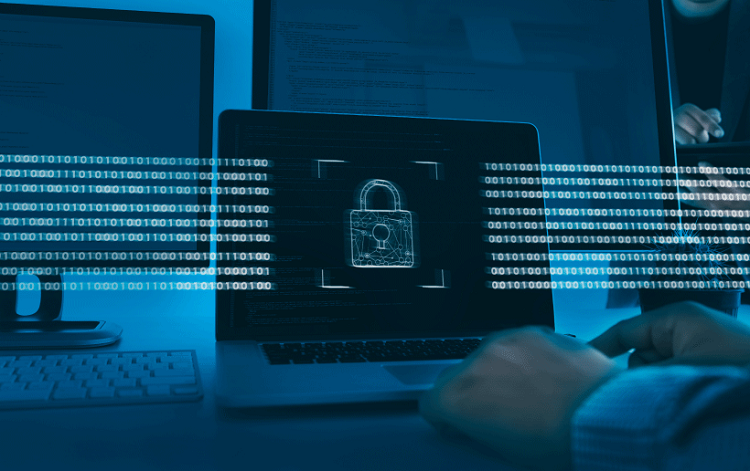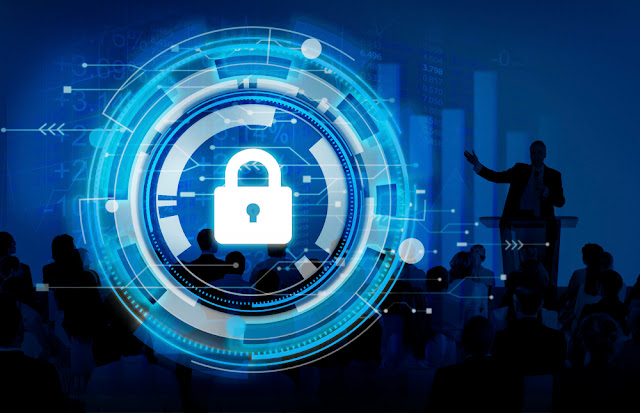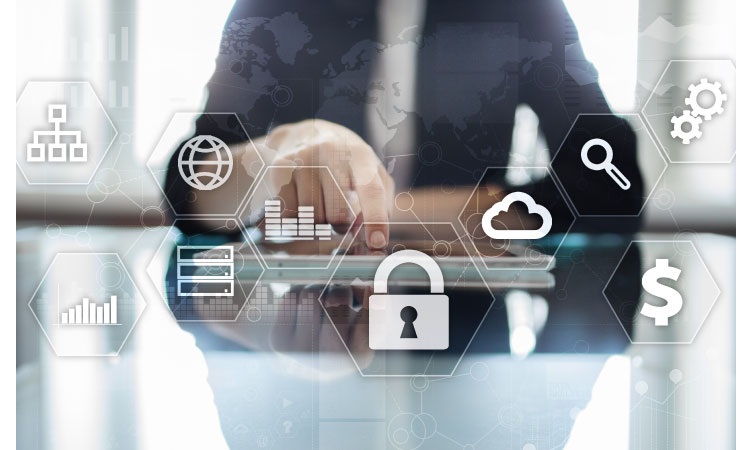An exploit is a bit of programming, a piece of information, or a grouping of commands that exploits a bug or weakness to make unintended or unforeseen conduct happen on the computer program, equipment, or something electronic (typically computerized). Such conduct habitually incorporates things like gaining unintended access to a PC, permitting privilege escalation, or a denial-of-service (DoS or related DDoS) attack.
Pivoting is the exceptional method of utilizing an instance (likewise alluded to as a ‘plant’ or ‘foothold’) to have the option to move around inside a network. Fundamentally utilizing the main compromised system to permit and even guide in the exploit of others, in any case, blocked off systems.
Pivoting alludes to a technique used by the pen-testers that utilization of a compromised system to attack other different systems on the same network to dodge limitations, for example, firewall, which may deny direct admittance to all machines. For instance, if an attacker hacks a web-server on a corporate network, the aggressor would then be able to utilize the compromised web-server to attack other different systems on the network. These kinds of attacks are frequently called multi-layered attacks. Pivoting is otherwise called island bouncing.
Types of Pivoting
Pivoting can additionally be recognized into Proxy Pivoting and VPN Pivoting.
1. Proxy pivoting for the most part portrays the act of diverting traffic through an undermined target utilizing an intermediary payload on the machine and propelling attacks from the PC. This sort of pivoting is confined to certain TCP and UDP ports that are upheld by the intermediary.
2. VPN pivoting empowers the hacker to make an encoded layer to tunnel into the undermined machine to course any system traffic through that target machine, for instance, to run a vulnerability scan on the compromised network through the undermined machine, adequately giving the aggressor full system access as though they were behind the firewall.
Ordinarily, the intermediary or VPN applications empowering pivoting are executed on the objective PC as the payload (program) of an exploit.
Pivoting is normally done by penetrating an aspect of network infrastructure (for instance, a weak printer or indoor regulator) and utilizing a scanner to discover different devices connected in order to hack them. By exploiting a weak bit of systems administration, a hacker could penetrate through most of the entire network infrastructure and enjoy the complete control.
How Do Attackers Pivot?
1. Attackers are searching for any ‘plant’ they can use to get entrance into a system. The least expensive and best method of accessing systems today is through some type of phishing.
2. The aggressor investigates an objective, makes some kind of email with malware joined to it, and afterward sends it off wanting to fool the client into tapping on whatever it is they’ve appended.
3. With the end goal of this, we’ll expect the client taps on the malware and the attacker presently has effectively penetrated the casualty’s system.
4. Now, the attack will start to do some extra certainty finding. It will attempt to discover different data like, the extra clients who approach this machine, which networks are easily accessible by this machine, are there any offers on this framework, and maybe, where the neighbourhood DNS servers are.
5. They do the entirety of this in light of the fact that the individual they’ve exploited isn’t really their objective.
6. It’s normally some other system or another information point in the system. When they increase enough data from this client, they will at that point start to attempt to mix in with the typical system traffic and endeavour to access these different frameworks.
One of the most well-known services exploited in systems today, Remote Desktop Protocol (RDP). Since the aggressor has got all the usernames and passwords off of the underlying casualty’s machine and distinguished important servers, he/she will at that point use RDP to possibly sign in to different systems – while utilizing the underlying casualty’s machine as his source. This is one of the most essential types of pivoting. The aggressor began by sending a phishing email from outside the association. When he accessed the victim’s machine, he does his information assembling and afterward utilizes that data to look as though he’s an ordinary client on the system moving to the genuine objective. This kind of hack is very normal.
Common Pivoting Methods
The most common Pivoting Methods that are used are:
1. Pivot with Proxy chains & SSH: This technique influences SSH with dynamic port sending to make a sock intermediary, with proxy chains to help with devices that can’t utilize socks intermediaries. You can use this passage in two different ways:
o In a device, arrange a SOCKS intermediary and direct it toward the SSH tunnel. This works in tools that support it like Burp, etc.
o Execute a command with proxy chains, which pipelines information over the SSH intermediary.
o This technique permits for the most part total admittance to the objective system, with not many impediments. It requires the accompanying pre-conditions to use:
◉ Access to the victim machine.
◉ SSH administration running on the victim machine and reachable from the aggressor machine. A secret word bargain or composing of an open key for passage, to a client that permits distant SSH login.
o Non-root accounts may restrict a few tools from working completely, (for example, Nmap), while making specific kinds of bundles are root-only exercises.
2. Pivoting with SOCKS proxy and Meterpreter: Like SSH, meterpreter can turn into a sock intermediary, it has been discovered that it is less reliable than SSH. Shockingly, socks4 proxies just for the most part support TCP conventions, and specific sorts of traffic won’t function admirably, so full Nmap and comparative tools utilization may not be conceivable.
3. Pivoting over a Netcat relay: In the event that Ncat or netcat are introduced on the objective (they are normally taken out during hardening on current frameworks), or in the event that you introduce it yourself on the objective, it tends to be utilized to arrange passage for pivoting. Ncat is a decent proxy apparatus from the Nmap project, yet netcat relays are the least dependable strategy referenced here. They may work just for a single solicitation before being restored (or building up to them in a loop on the objective machine), and won’t chip away at in excess of a single port. In any case, some time netcat is everything you can utilize.
4. Introducing Tools on the Objective Machine: On the off chance that you are eager to introduce tools on the objective machine, you could introduce different command-line tools (or even visual desktop frameworks like VNC) and utilize the pivot box as “another” attacker machine. This is in some cases the best approach if introducing tools on such a gadget is passable in the standards of engagement. One extra intermediary tool we can reference to is 3proxy. Shockingly, for Linux we will need to fabricate a static binary to convey (or endeavor to expand on the objective), so is somewhat less easy to get running.
Best Way of Pivoting:
Well on the off chance that you are doing a penetration testing or security audit and you have to test the internal network, remember to demand a VPN access. VPNs are the most ideal approach to tunnel your traffic through there inward networks without being confined.
Preventive Measures Against Pivoting:
The basic preventive measures against Pivoting are as follows:
1. Lead a Cybersecurity Assessment.
2. Survey the Human Element in Cybersecurity.
3. Watch Out for Phishing Attacks.
4. Give the IT Department Useful Tools.
5. Limit Access to Critical Information.
6. Perceive the Risks of BYOD.
7. Look Beyond Your Employees.
8. Try not to Overlook the Importance of Data Backups.
And, specifically:
1. We can minimize the amount of external party content on the website.
2. Vet the content prior to allowing it to be served up.
3. Automatically follow all the links on your website and scan them for malicious code.
4. Sandboxing would limit code to only access objects or data in its sandbox and not access everything that the Web browser could access. This would mean that the malicious code potentially would only be able to access the objects it had access to in its sandbox, rather than the more broad access that a Web browser might have access to.
Source: geeksforgeeks.org




















